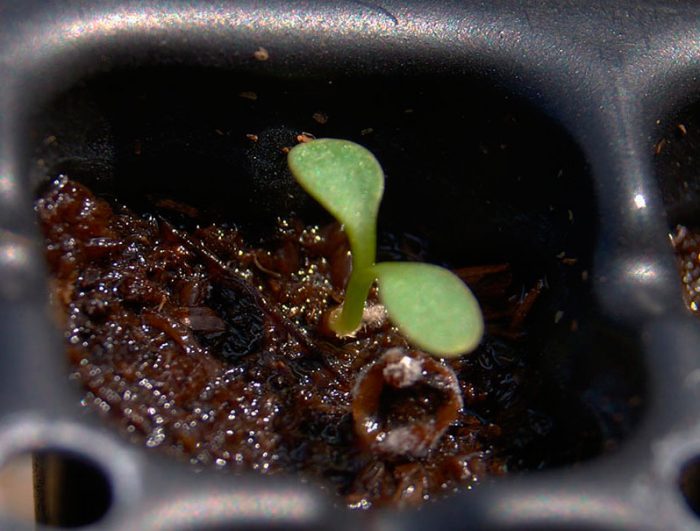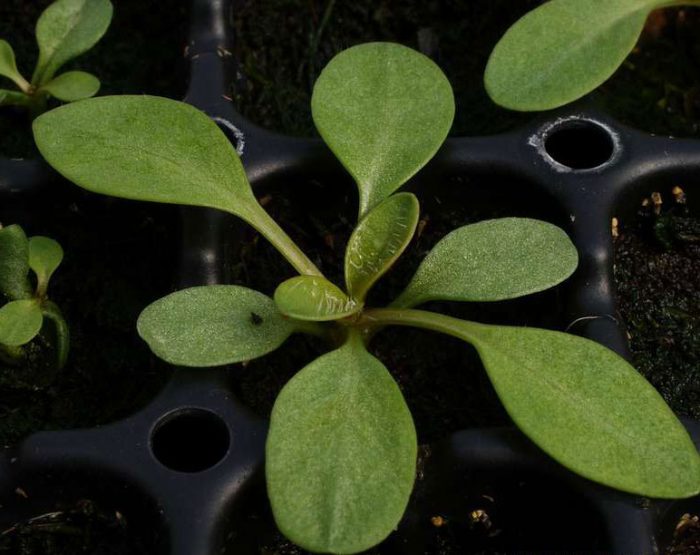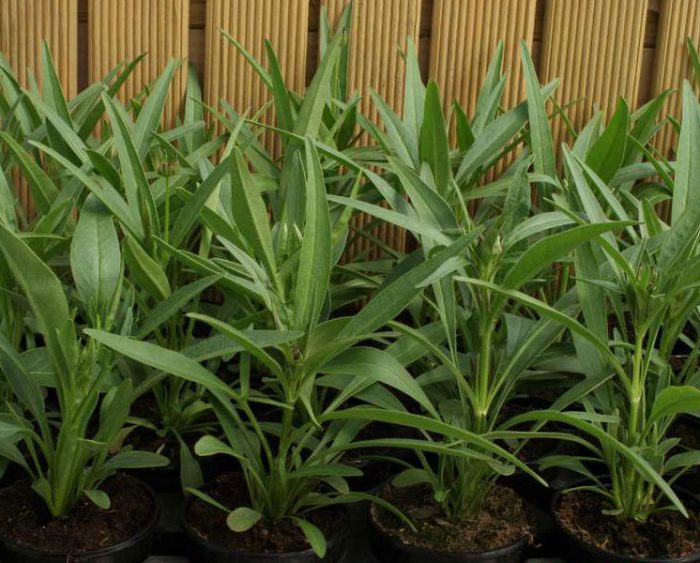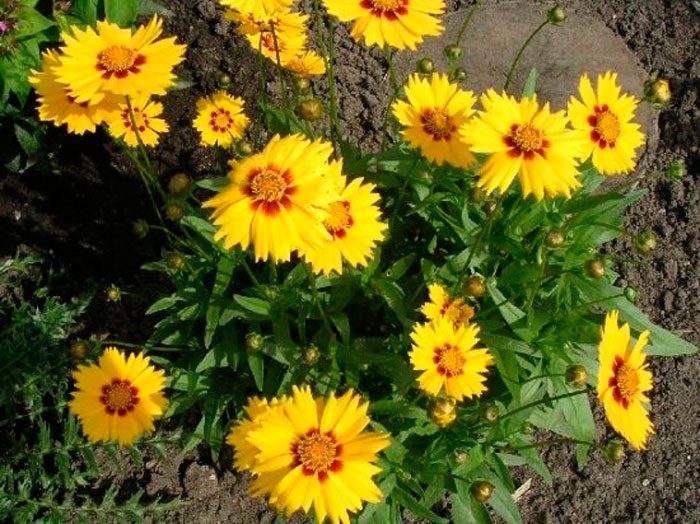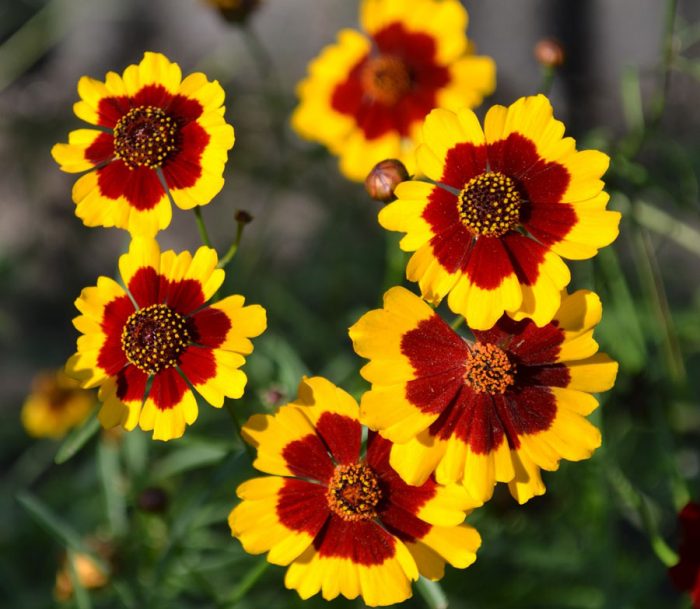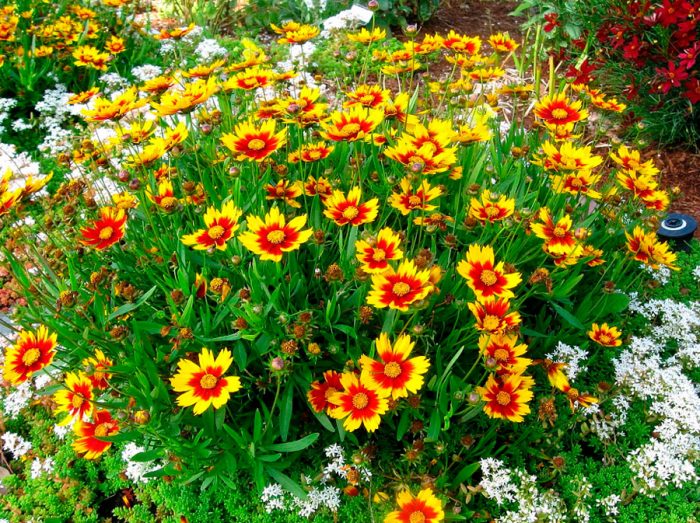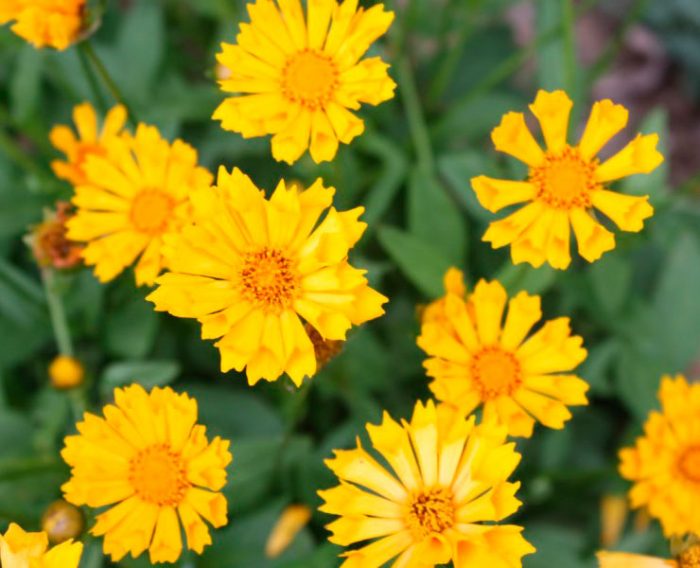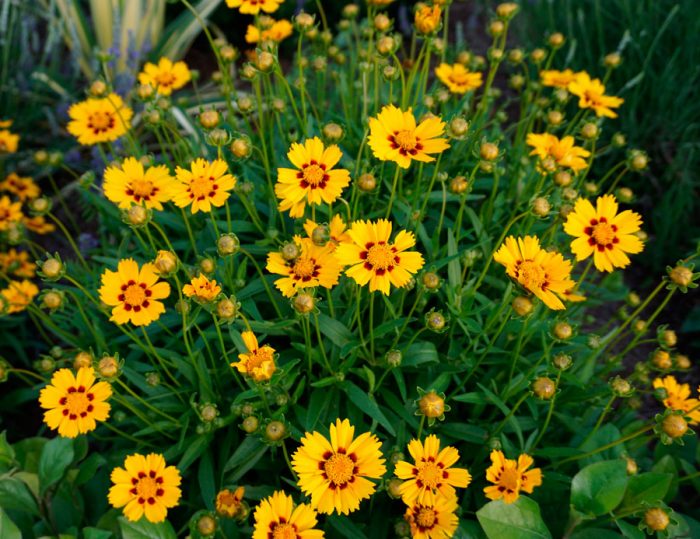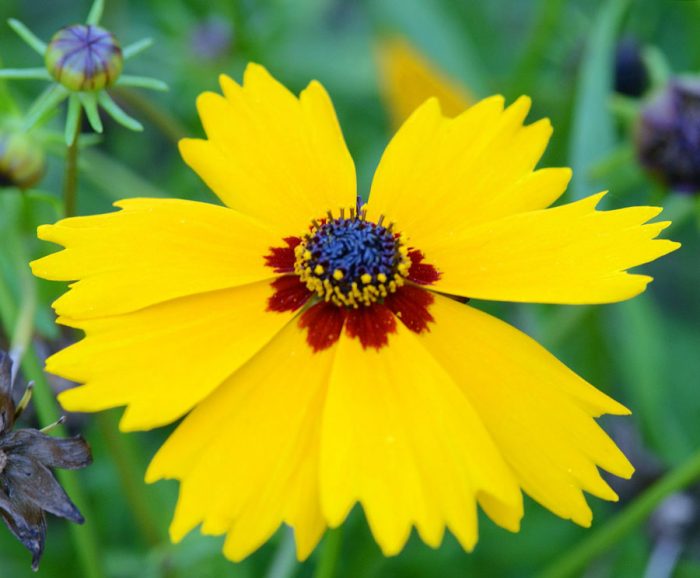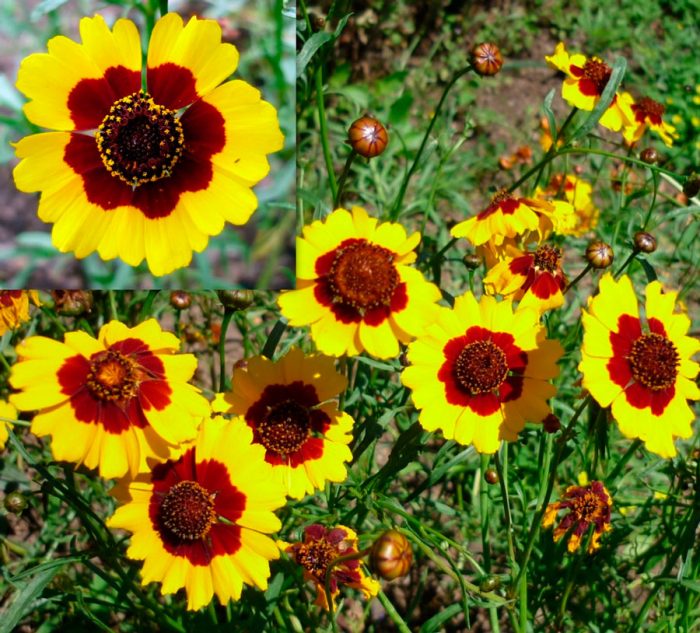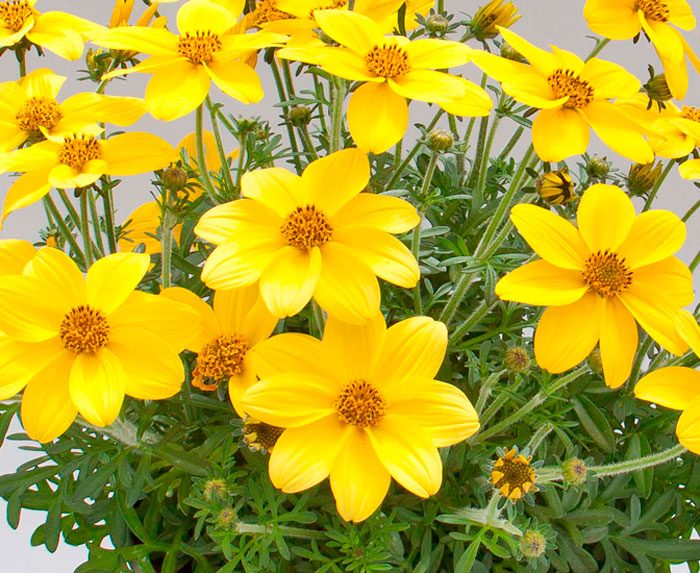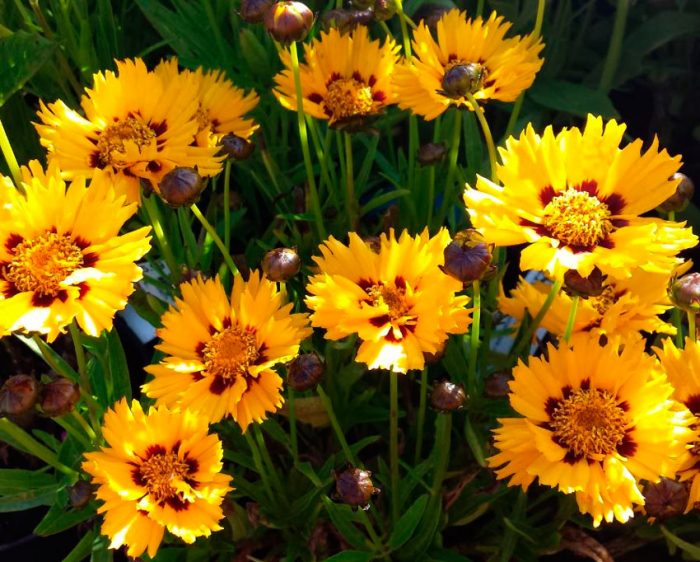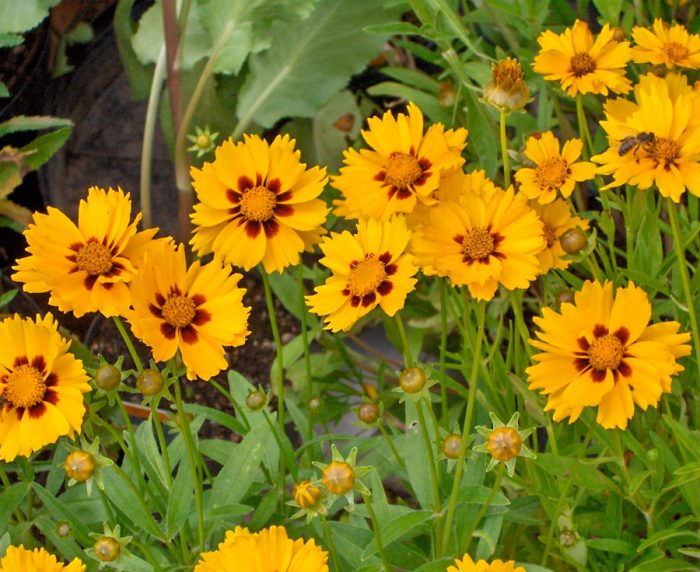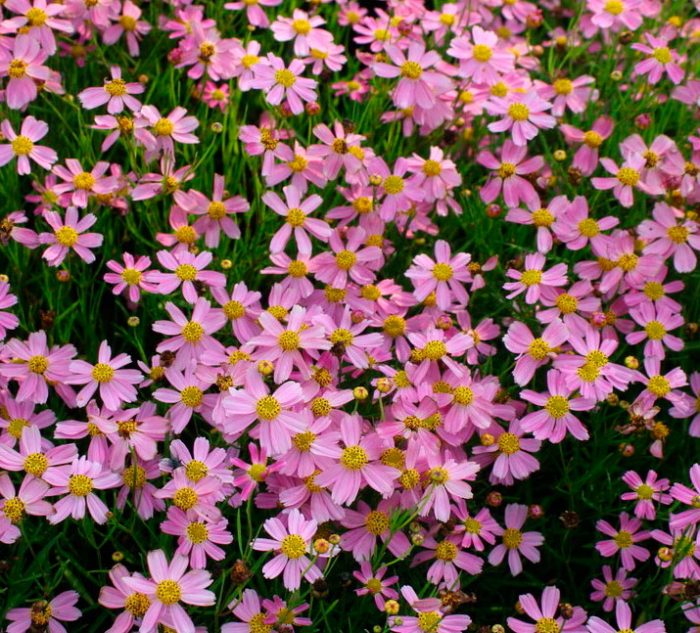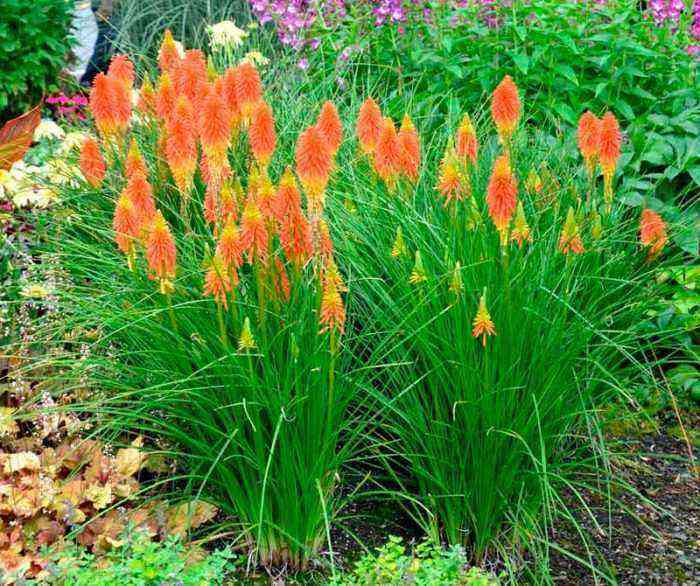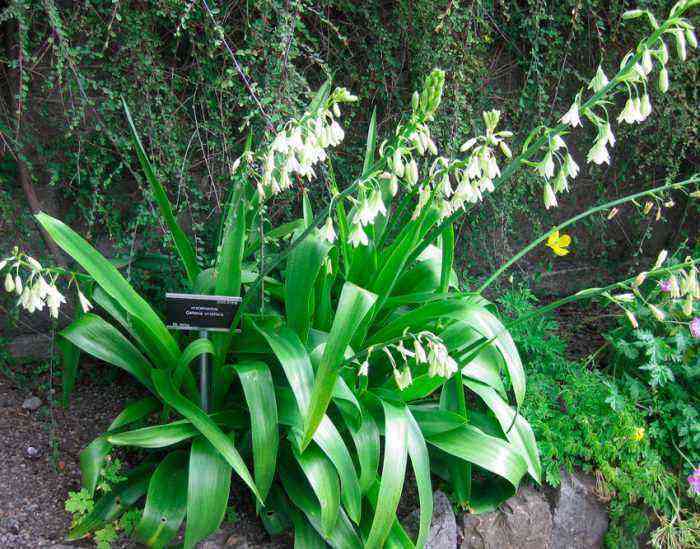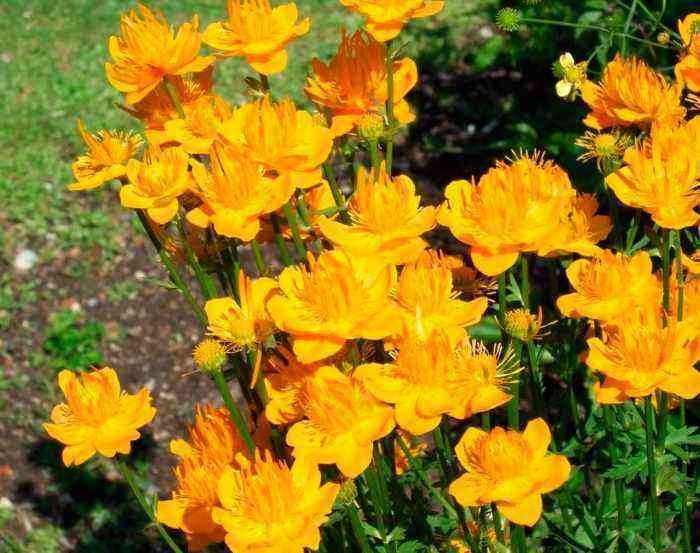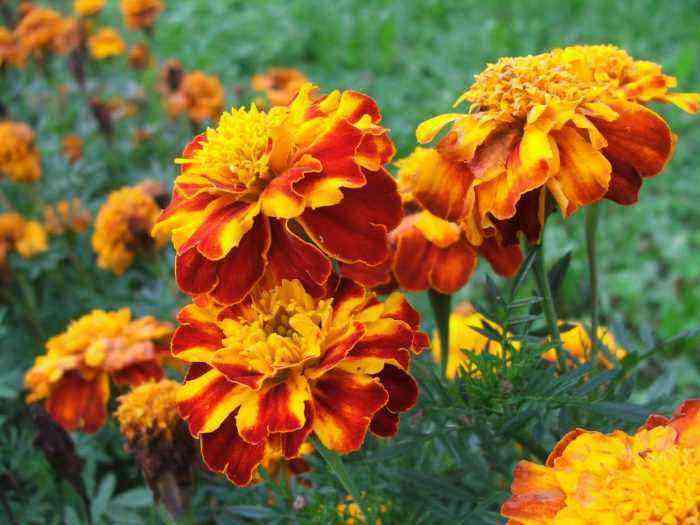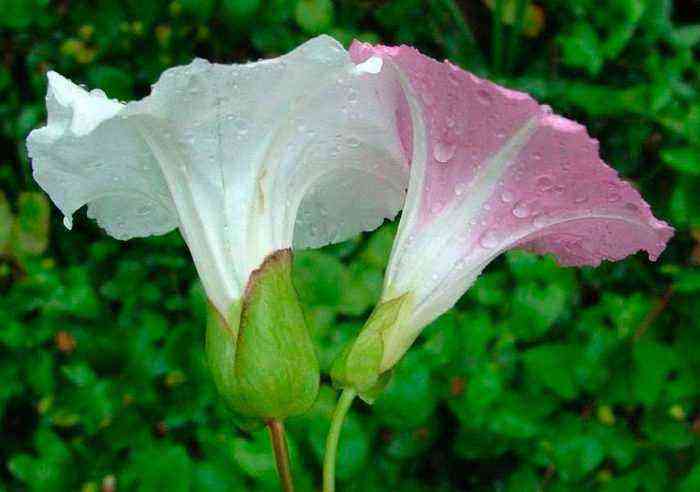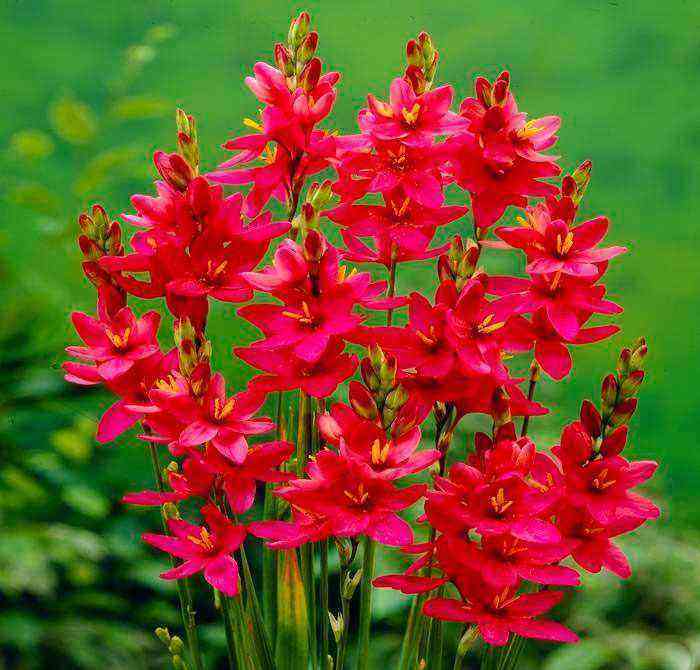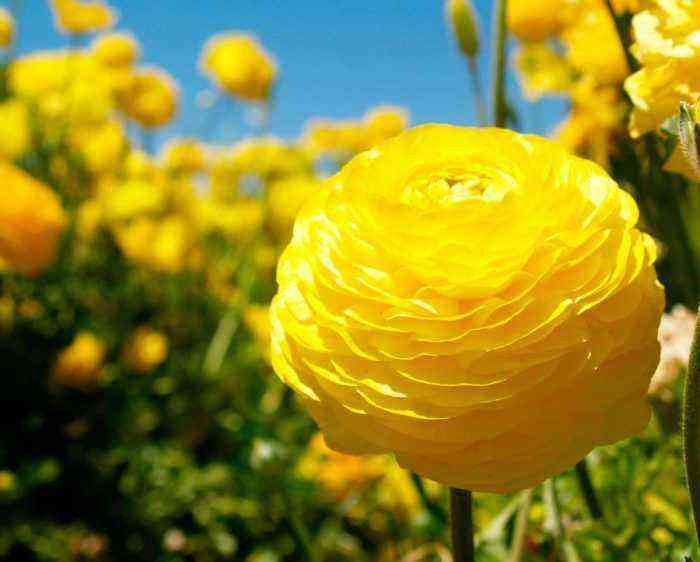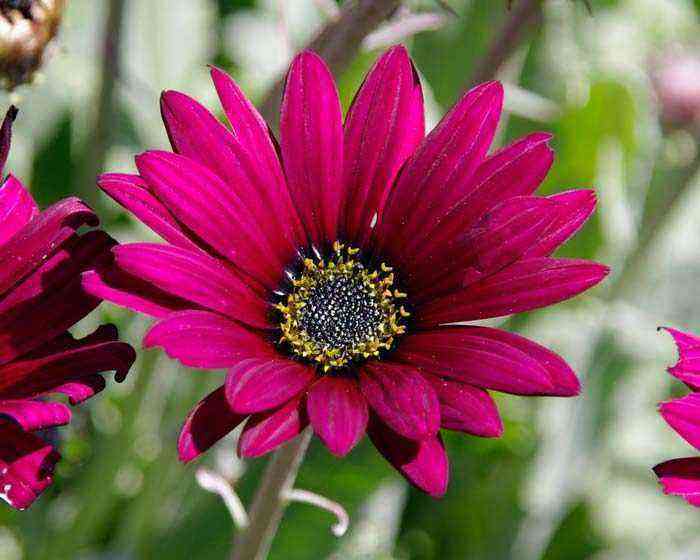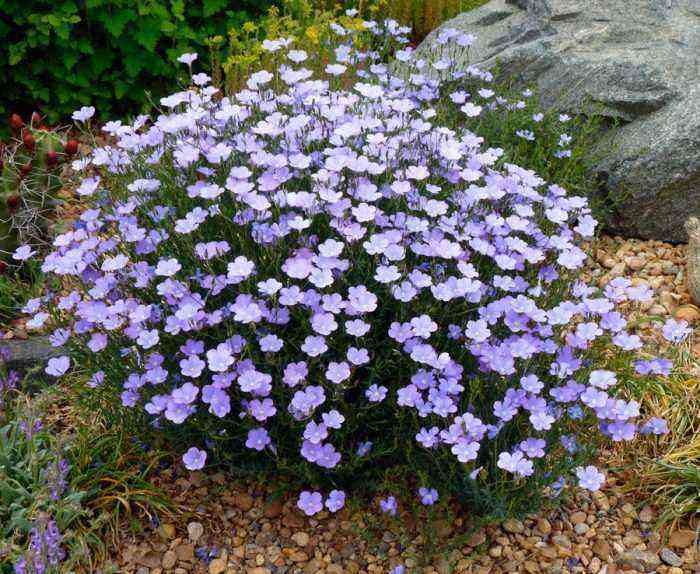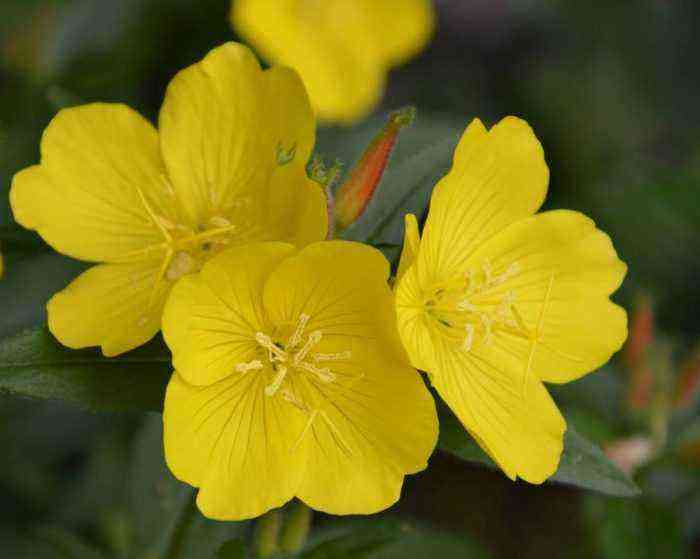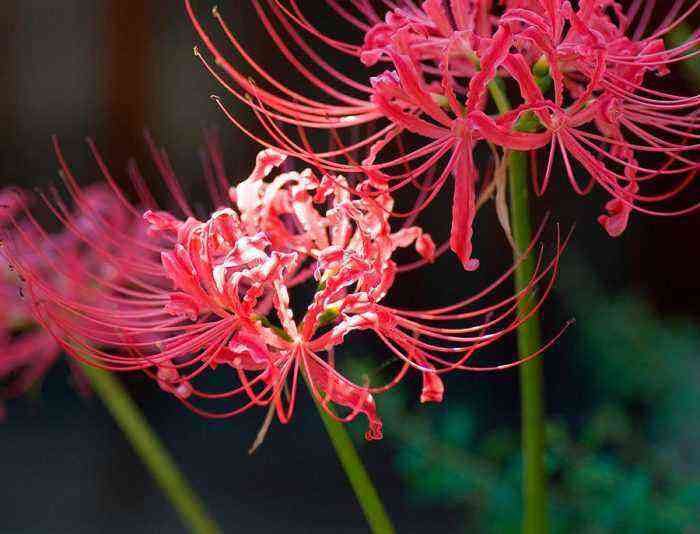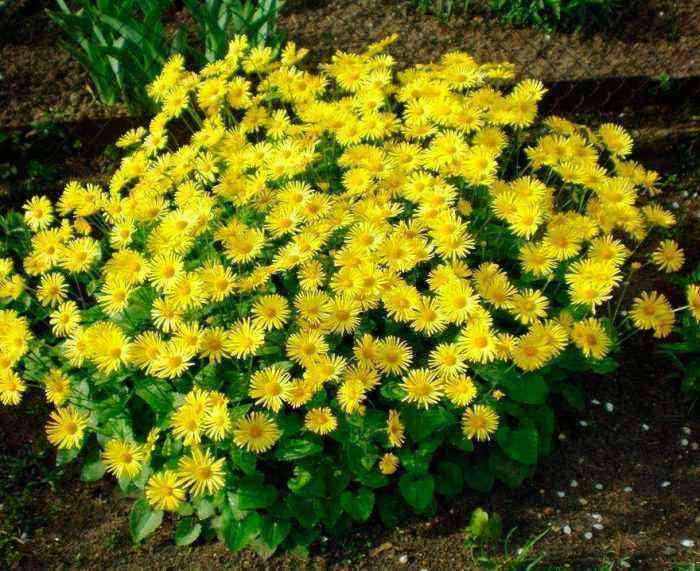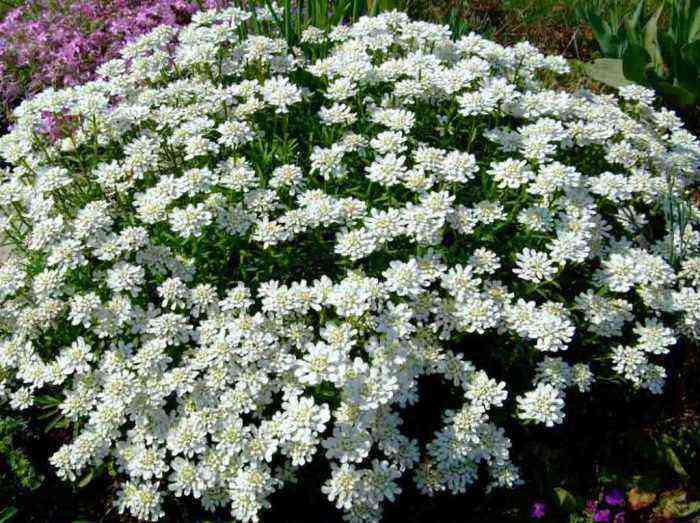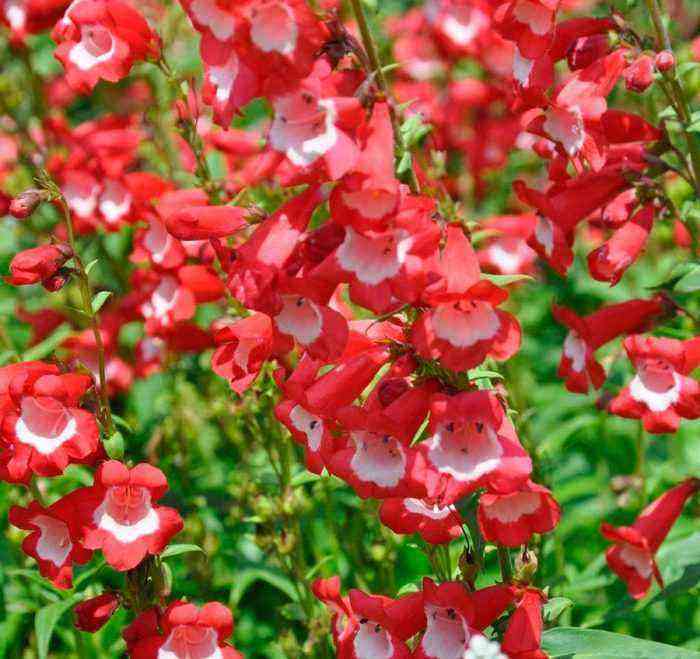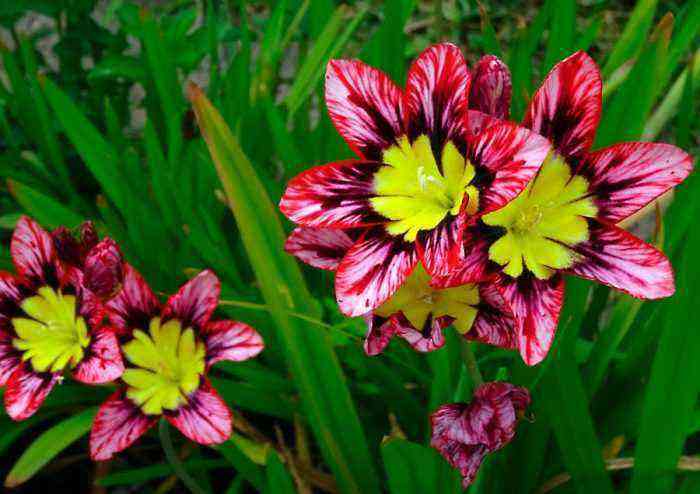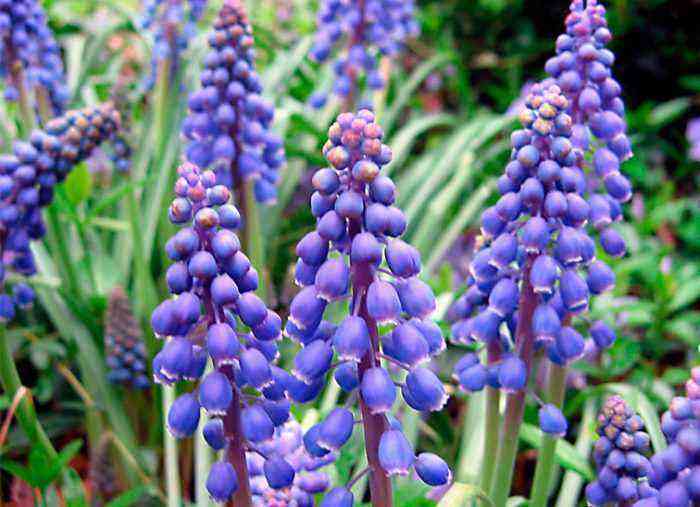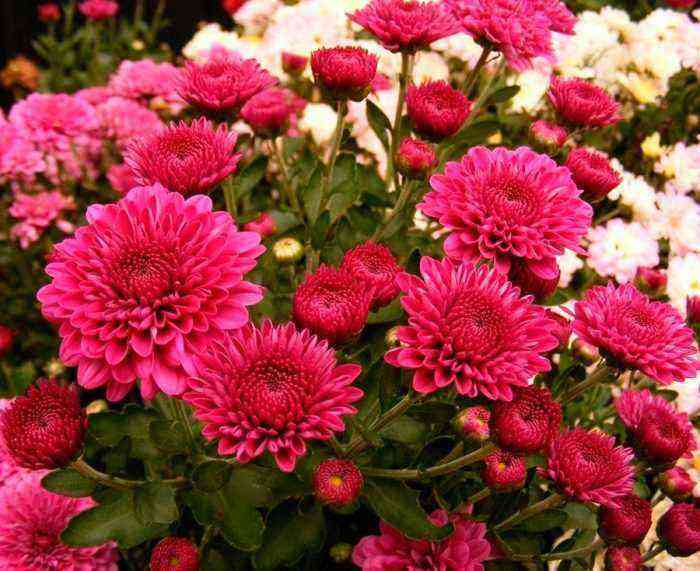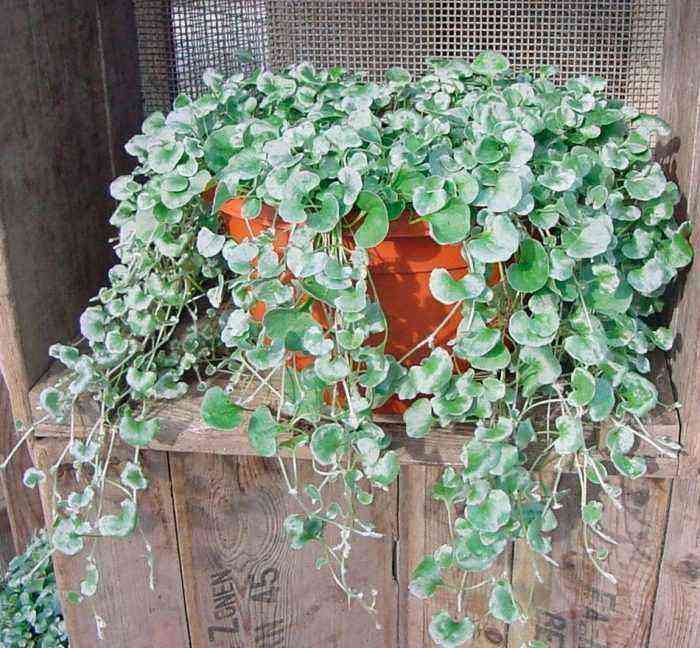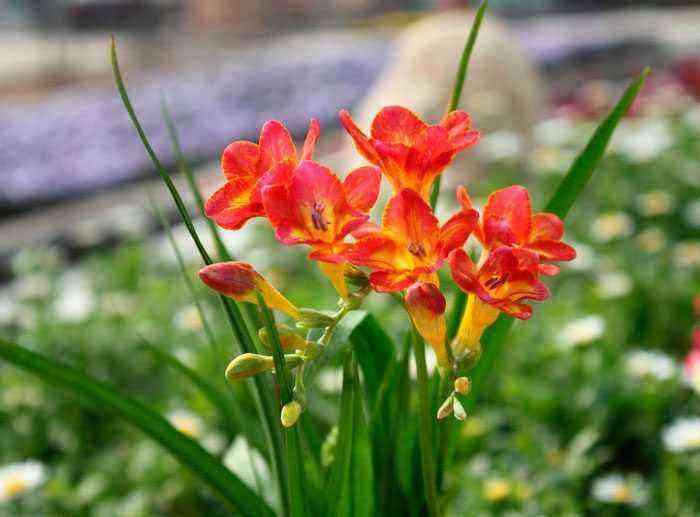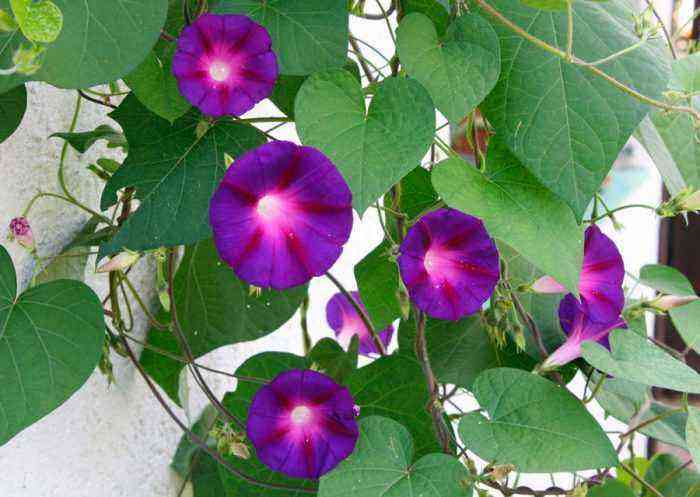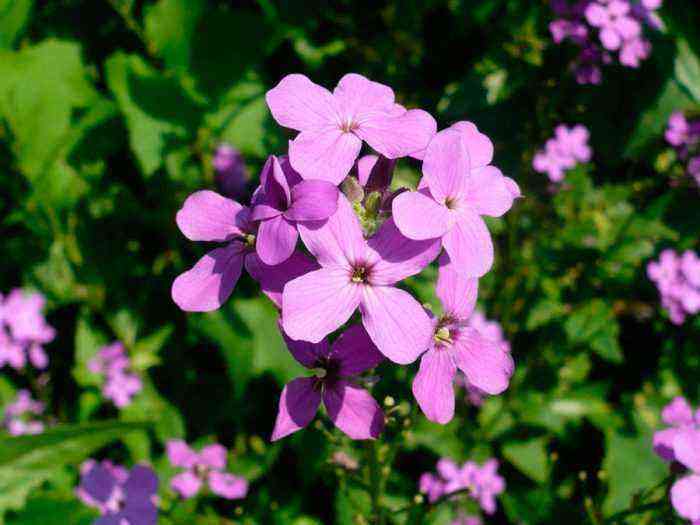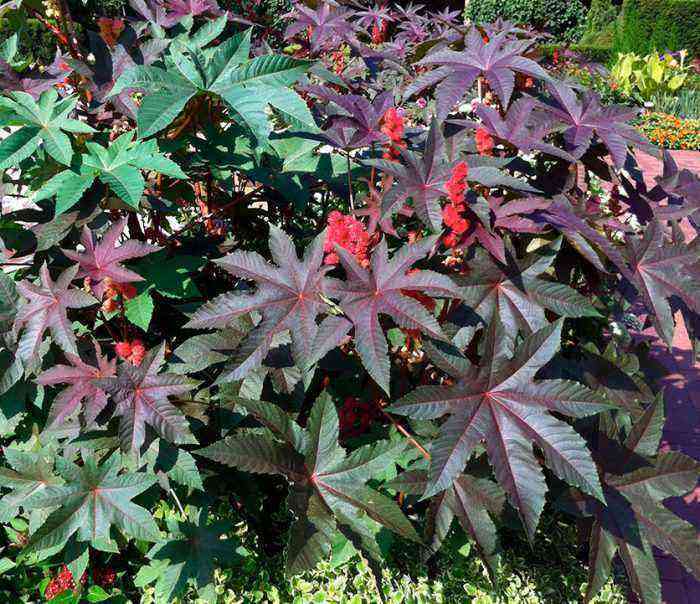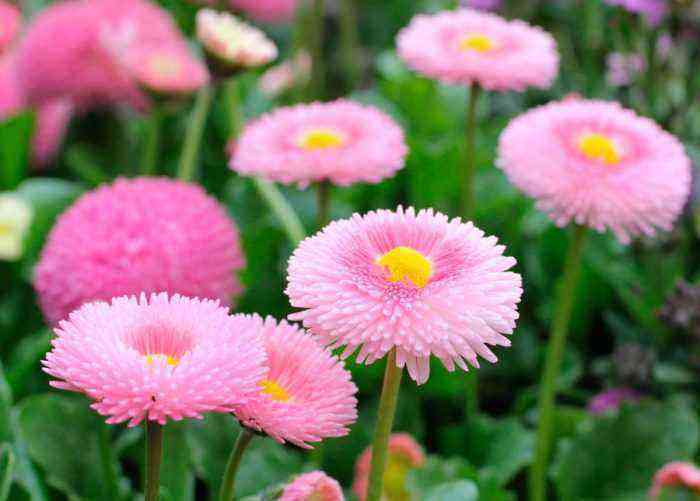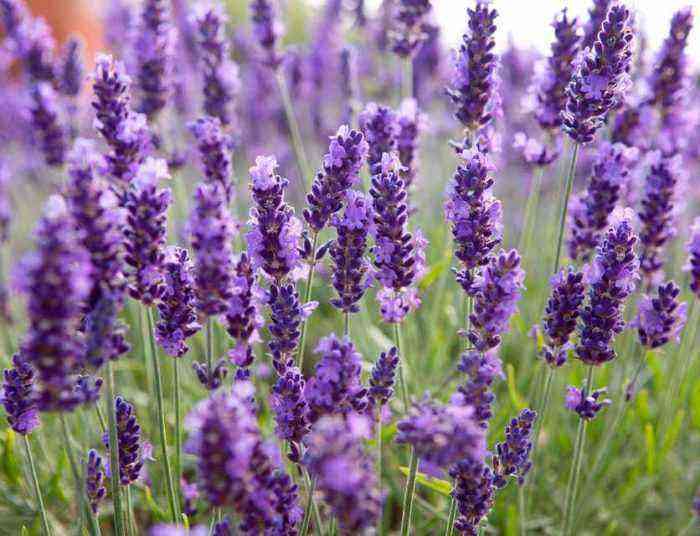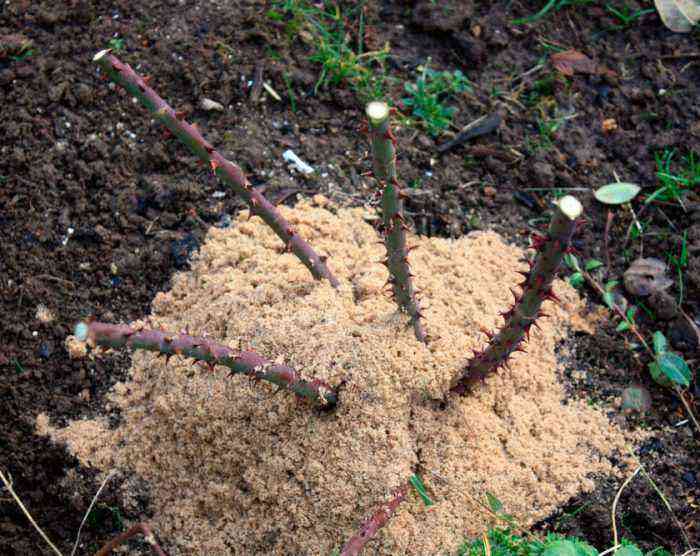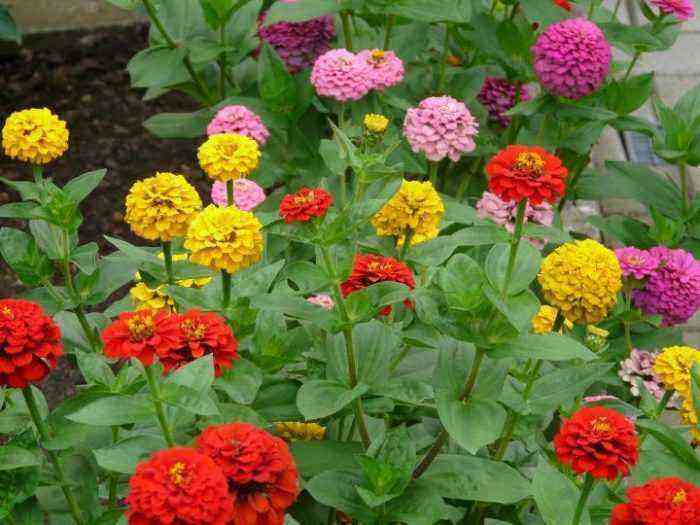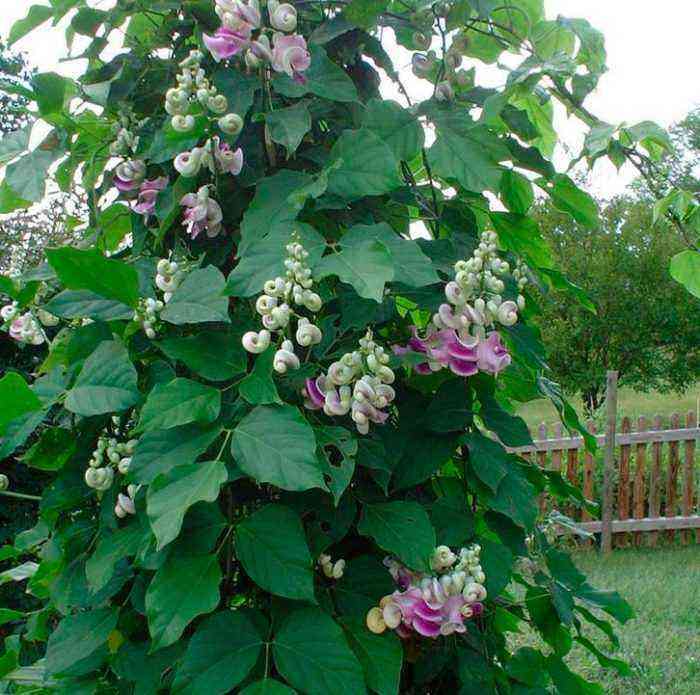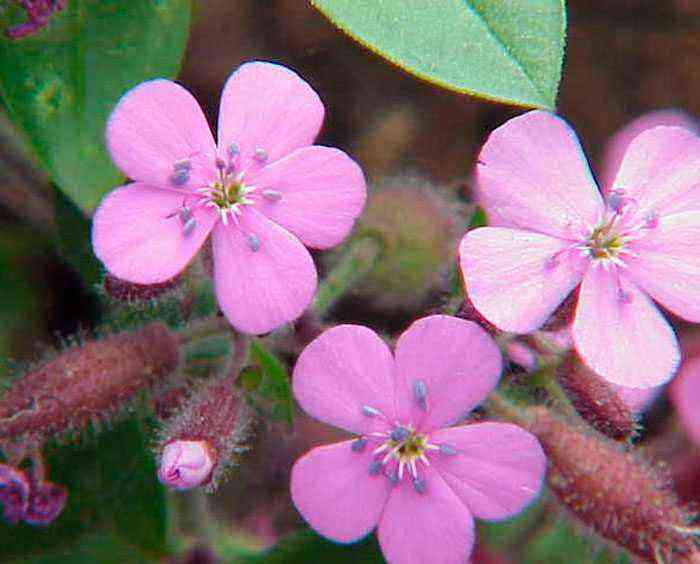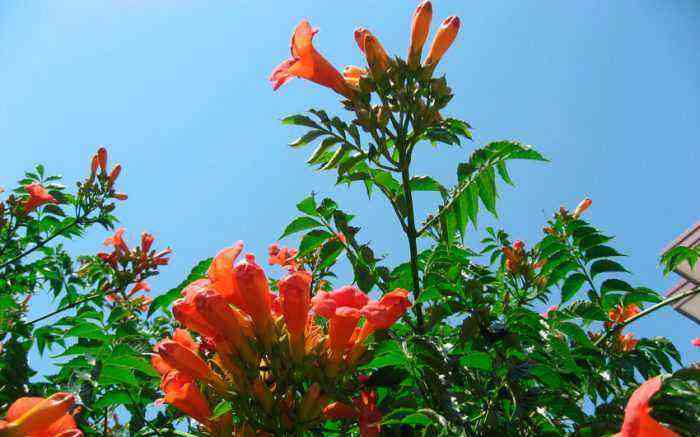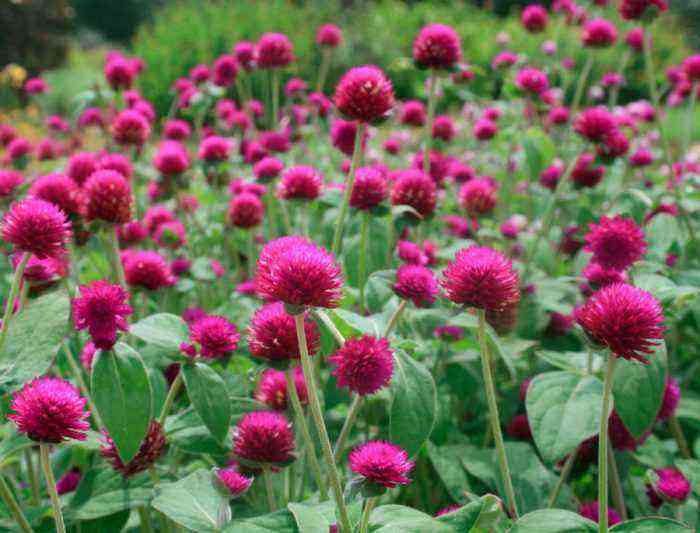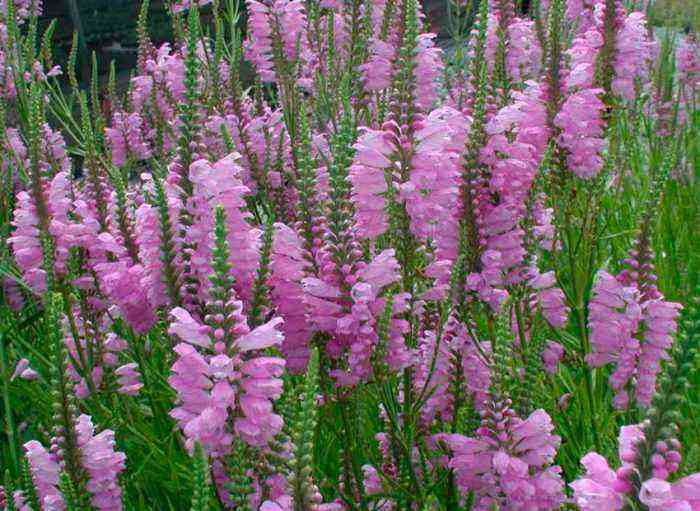The herbaceous flowering plant Coreopsis, also called lenok, or the Parisian beauty, can be annual or perennial, it is a representative of the Asteraceae or Astro family. This genus unites more than 100 species, while they are divided into 11 sections. Approximately 30 species are native to North America, with the rest naturally occurring in Central and South America. Coreopsis and plants belonging to the genus Chereda are often mistakenly confused with each other. The scientific name of this kind comes from a combination of 2 Greek words, translated as “bug” and “species”. The fact is that the fruits of such a plant are outwardly similar to small bugs.
Features of coreopsis
The genus Coreopsis is represented by rhizome herbaceous plants and shrubs. The height of erect branched shoots varies from 0,45 to 1,2 m. Opposite leaf plates can be finger-split or pinnately dissected. In the middle of the inflorescence, baskets are collected in discs, consisting of tubular small flowers, painted in brown or yellow, they have long peduncles and are outwardly similar to chamomiles. Reed flowers of yellow, pink or brownish-yellow color are located radially around the middle. The fruit is an achene, inside which about 500 seeds are formed.
Growing coreopsis from seeds
Sowing seedlings
Planting and growing coreopsis is simple and easy. Annual species are sown in the greenhouse in mid-April, they can also be sown in open soil in May. As a rule, in species represented by perennials, the formation of inflorescences is observed only in the second year of growth. However, if you grow them through seedlings, then the bushes will bloom during the first season.
Sowing seeds for seedlings is carried out in the first days of March. Low drawers fill with fertile garden soil and moisturize it. Then, the seed material is evenly distributed over its surface, with the help of a plate it is slightly pressed into the substrate. From above, the container must be covered with glass (film), then it is transferred to a place where it is always warm and well-lit.
Growing seedlings
Crops need daily ventilation, during which accumulated condensate must be removed from the surface of the shelter. The seed material of such a plant has a very high germination capacity. The first seedlings should appear in about a week and a half. Shelters from the box are removed after the seedlings begin to appear in large quantities. If necessary, the seedlings need to be watered, after which the surface of the substrate is gently loosened.
Watering should be moderate and in no case should liquid stagnation in the soil mixture be allowed, as this can cause the development of such a fungal disease as black leg, which is detrimental to seedlings. A pick on individual cups is carried out after the first 2 true leaf plates are formed in the plants. You can also dive the bushes into a more spacious box, keeping a distance of about 20 mm between them, but in this case, after they reach a height of 10-12 centimeters, they will have to be replanted again.
Planting coreopsis in open ground
What time to plant
Perennial species of coreopsis are planted in open soil in the second half of May after the soil warms up well, warm weather sets in, and return spring frosts will be left behind. Seedlings begin to harden half a month before transplanting into open ground. To do this, she is transferred to the street every day, while the duration of such procedures must be increased gradually.
Rules for planting seedlings in the garden
For growing such a flower, well-lit areas are chosen. However, coreopsis pink and whorled can also be grown in a shaded area. The soil should be loose, light, water and air permeable, moderately moist and neutral. When choosing a site for planting, it should be borne in mind that some of the species of such a plant do not need fertile soil, since due to an excess of nutrients, the bushes bloom poorly. If the soil is very poor, then during digging, humus or compost is introduced into it.
In the prepared area, planting holes are made, in which the seedlings are planted, while keeping a distance of at least 0,3 m between the bushes.When the coreopsis is planted, it must be watered, having previously tamped the soil surface around the bushes.
Coreopsis care in the garden
Not only an experienced florist, but also a beginner can grow coreopsis in his garden. Such a plant needs to ensure timely watering, weeding, systematic loosening of the soil surface on the site, and it is also necessary to cut off the inflorescences that have begun to fade. When growing vigorous species and varieties, be prepared for the fact that the bushes may need support. To do this, a wooden peg or a rod of iron is installed near the plant, to which you need to tie it up.
Transfer
Perennial species grow rather quickly. In this regard, once every 1 or 4 years, the bush is removed from the soil, divided into several parts, which are planted separately in a new area. It is possible to separate coreopsis even during flowering, but in this case, in order not to injure its root system, planting is carried out in a well-moistened soil.
Watering
It is necessary to systematically water such a plant only while it is young. Mature bushes are highly drought tolerant, so if it rains regularly during the season, then you can not water them at all. However, during a prolonged drought, coreopsis will have to be watered regularly using water heated in the sun.
Fertilizer
If the bushes are grown in depleted soil, then during flowering they will need top dressing, for this they use a solution of complex mineral fertilizer. Coreopsis, grown in fertile soil or on a plot where organic matter was introduced during digging, is not fed this year. In the next season, they will need 2 dressings, which are carried out after the beginning of flowering, and when the bushes are cut in the autumn.
Wintering
When the bushes have faded, they are shortened by ¼ of the height. Before severe frosts, annuals should be dug up and removed from the site, while in perennials, the aerial part is completely cut off. Coreopsis is quite frost-resistant and does not need shelter during the cold season. However, if the coming winter is snowy and frosty, then it is recommended to mulch the area with flowers with dry soil or loose leaves.
Diseases and pests
If you water the bushes too often and abundantly, then the risk of their defeat by fungal diseases increases significantly, the same is observed during prolonged rains. In this case, coreopsis can affect spotting, rust, or fusarium. As a rule, the first symptoms of such diseases appear on the foliage. Leaves affected by the disease are pruned, and the plants are sprayed with a fungicide solution. If the flowers are very badly affected, then they must be dug up and destroyed as soon as possible. The same must be done with those bushes in which the peduncles have curled up into a tube, which indicates their defeat by a viral disease, which is currently not being treated.
Aphids can very much harm such a plant, such a pest sucks out cell sap from the aerial part of the bush. All folk remedies recommended for combating aphids, in this case, are ineffective, so it is better to immediately treat coreopsis with an insecticidal solution. In some cases, various beetles can settle on the flowers, in order to save the bushes, in this case, the pests will have to be collected by hand.
Types and varieties of coreopsis with photos and names
As mentioned above, both annuals and perennials are found among the coreopsis species. Below will be described those annual species and varieties that are most popular with gardeners.
Coreopsis Drummond (Coreopsis drummondii = Coreopsis basalis)
This species has a fibrous root system, the height of its highly branching stem varies from 0,45 to 0,6 m. The shape of the leaf plates is pinnately divided. In diameter, single terminal baskets reach 50 mm, they are discs consisting of tubular flowers of dark brown color, which surround ligulate flowers of a yellow shade with a brownish-red spot at the base. This species has a variety with a dark brown center and ligulate flowers of a dark red hue. The following varieties are considered the best:
- Golden Crown… The bush is decorated with very large capitate inflorescences of golden color.
- Earley Sunrise… The height of the bush is about 0,45 m, rich yellow semi-double baskets bloom on it.
- Mystigri… The ligulate flowers are yellowish in color, and a dark ring is located around the brown center.
Coreopsis tinctoria
This species comes from western and central North America. Its branchy shoots are relatively thin, and their height varies from 0,3 to 1 meter. The leaf plates are double pinnately dissected into linear or filiform lobes, most often they grow in the lower part of the shoots. In diameter, single terminal baskets reach 35 mm, their center consists of tubular flowers of a dark brown color, around it in one row are velvety marginal flowers of a dark red, yellow or golden yellow hue, their base is dark brown. Most often, the following varieties are grown by gardeners:
- Goldstral… The height of the bushes is about half a meter. They are decorated with baskets, reaching up to 30 mm in diameter, they include the middle flowers of a dark brown color, as well as the marginal ones of a golden yellow hue.
- Blutrot Zwerg. The height of such a plant is only about 0,25 m. The inflorescences reach about 30 mm in diameter, they consist of reed flowers of a dark red color and tubular flowers of a dark brown color.
- Roll… Crimson ligulate flowers adorn longitudinally arranged yellow stripes.
- Amulet. The height of the compact bush is about 0,25 m, a large number of inflorescences are formed on thin shoots, which have ligulate flowers of a brownish-red hue and tubular flowers of brown color.
- Red Tiger… The low bush is decorated with baskets, which include dark brown median and yellow marginal flowers with a reddish-brown speck.
Coreopsis ferulele (Bidens ferulifolia = Coreopsis ferulifolia)
Today this species is rarely grown by gardeners of middle latitudes. It is represented by annuals and biennials. The height of the bush is equal to its diameter and can vary from 0,5 to 0,9 meters. Powerful and strong stems branch strongly immediately from the root collar; dissected leaf plates of a dark green color grow on them. In diameter, the baskets of a golden hue reach about 40 mm. This species has several garden forms:
- Goldie… Such a plant differs from the main species in slightly shortened and wider leaf plates.
- Golden Goddes… In this variety, the flowers are larger than in the main species.
- Samsara… Such a compact plant is often cultivated in hanging structures.
Perennial species and varieties are also popular among gardeners. Below will be a description of the best of them.
Coreopsis grandiflora (Coreopsis grandiflora)
This species is native to North America. The height of the strongly branching bush is about 100 cm, the lower leaf plates are solid, and the upper ones are pinnately dissected. The height of powerful peduncles is about 0,8 meters, they are strewn with a large number of single baskets of a golden yellow hue with a dark yellow center. The species has been cultivated since 1826. Popular varieties:
- Baden Gold… The plant reaches a height of about 0,9 meters. They are decorated with yellow inflorescences, reaching about 65 mm in diameter.
- Mayfield Giant and Sunburst… Plants of these varieties reach a height of about 0,8 meters, large yellow inflorescences open on them.
- The Golden Ball… The height of a lush bush is about 0,4 meters, rich yellow double inflorescences have an orange center.
Coreopsis lanceolata (Coreopsis lanceolata)
The homeland of this species is the central regions of North America. The height of the branching shoots is about 0,6 meters. The shape of the leaf plates is lanceolate or almost linear, they are petiolate, as they approach the upper part of the bush, their number is significantly reduced. In diameter, drooping inflorescences-baskets reach about 60 mm, they consist of dark yellow median and golden yellow reed flowers. Such a plant has been cultivated since 1724. This species has a large number of hybrids and varieties that were born thanks to the work of breeders:
- Golden Queen… This plant reaches a height of about 0,6 meters. In diameter, the inflorescences-baskets do not exceed 60 millimeters, they are painted in a golden yellow hue.
- Goldfink… Such a dwarf plant has a height of about 0,3 meters.
- Rotkelchen… The inflorescences, reaching about 50 millimeters in diameter, include red median flowers, as well as yellow reed flowers.
Coreopsis verticillata
The homeland of this flower is the southeastern part of North America. Such a perennial plant has highly branched shoots, the height of which can reach up to 100 centimeters. Greenish sessile leaf plates have a needle-like shape. The bush is decorated with a large number of inflorescences, which are radiant star-shaped baskets, reaching about 30 millimeters in diameter, their tubular flowers are yellow, and the reed flowers are narrow and pale yellow. Such a flower has been cultivated since 1750. This plant has a large-flowered form and the following varieties:
- Zagreb… The height of the bush is about 0,3 meters, it is decorated with inflorescences of a golden yellow hue.
- Moonbeam… Such a plant also has a height of no more than 0,3 meters, its baskets have a cold yellow color.
Coreopsis rosea (Coreopsis rosea)
This species is a perennial plant that reaches a height of about 0,4 meters. Single inflorescences-baskets open on it, reaching up to 20 millimeters in diameter, the color of the reed flowers is deep pink. The most popular variety is Emeriken Dreams: the height of the bush is about 0,35 meters, the baskets include yellow tubular and pink reed flowers.
Ear coreopsis (Coreopsis auriculata)
The height of this type is no more than 0,6 meters. The stems are covered with foliage only to ¼ or ½ part. The rich yellow baskets are very similar in appearance to daisies. Most often, gardeners grow the following varieties:
- Nana… A lush dwarf bush is decorated with green leaf plates that have a wide oval shape. It also reveals many yellowish-orange inflorescences with a yellow disc and ligulate serrated flowers.
- Zamfir… Foliage on low bushes is rounded. Orange-colored inflorescences have reed flowers, which, during disclosure, have a corrugated surface, over time they spread out.

